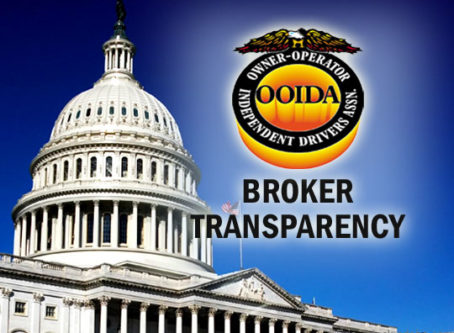For the Boston Globe, a swing and a miss
They did it again. Big-time media looked into trucking, found really bad stuff in the trees, but failed to notice the forest.
In the second of a two-part series on highway safety last month, the Boston Globe called out truck drivers who should never have been allowed behind the wheel. The Globe can be faulted for failing to offer even a nod to millions of good, experienced drivers, but they weren’t profiling the industry. They were making a point, and they did it in dramatic fashion.
Among other bad actors, the Globe highlighted Volodymyr Zhukovskyy the 23-year-old who last year drifted across the center of a rural New Hampshire highway and into an oncoming line of motorcycles. He was pulling a utility trailer with a pickup truck at the time, but just 18 days earlier the same driver had flipped a semi in Texas. His record included at least four crashes, seven license suspensions, citations for speeding, and multiple drug charges. The morning of the New Hampshire crash he had used two baggies of heroin and half a gram of cocaine. That awful day, seven bikers – former U.S. Marines and the wife of one – died in a maelstrom of fire and metal.
With a record like that, how was this guy ever issued a CDL? What about the wildly irresponsible company that hired him? How were they allowed to operate in the first place?
The Globe laid blame for these and other deadly lapses on the state and government agencies whose job is to prevent them.
Sure enough, the Federal Motor Carrier Safety Administration and state licensing agencies failed. That driver’s record was right there to be seen, but the paperwork – real or digital – slipped past. Had anyone read it? The new carrier he worked for had to register with the FMCSA’s New Entrant Safety Assurance Program, but the application wasn’t flagged because, according to the Globe, “no one checks whether they’re telling the truth about their background. There’s no vehicle inspection, test, or in-person safety audit.”
Even if the FMCSA was able to provide that oversight, untrained or undertrained drivers still receive CDLs. Long-sought driver training requirements, the entry-level driver training rule, was set to become effective in February, but implementation has been delayed until 2022 in order to update systems necessary to record and share the data among agencies, the FMCSA says.
Just as all those YouTube videos demonstrate, there are too many bad truck drivers on the road – never mind in truck stop parking lots. The Globe’s point is valid, especially when they point out trucking has grown faster than the FMCSA’s ability to do its job.
But blaming underfunded safety agencies is too obvious and too simple.
I wish reporters – especially investigative teams for a paper like the Globe – could see their stories in the larger context of a labor-abusive industry that sucks in and spits out hundreds of thousands of drivers a year. The bad-driver problem is not just a regulatory matter. It’s baked into the structure of the commercial truckload industry and its driver turnover of 70% to 100% a year. Would someone please tell me why major media doesn’t recognize those numbers for the outrageous, even tragic statistics they are?
Beyond the core of smart, responsible drivers at most truckload carriers flows a turbulent river of newbies. Few driver wannabes understand how demanding and stressful the job is. Most quit within six months, but for the labor-stressed truckload carriers, six miserable months for someone unsuited for the job is better that a truck without a driver – a truck not making money.
Since deregulation 40 years ago, the truckload sector of commercial trucking has grown by an order of magnitude. Competition among truckload carriers for the lowest rates has driven driver pay down in what is often referred to as a race to the bottom.
Sadly, trucking doesn’t always attract the best and brightest. In fact, there inevitably will those who apply for truck driving jobs who come from the bottom of the labor pool. Without doubt, some make it through all the employment filters and, sometimes tragically, find work behind the wheel.
Overloaded safety agencies would be better able catch dangerous drivers if the industry didn’t turn out so many of them.









